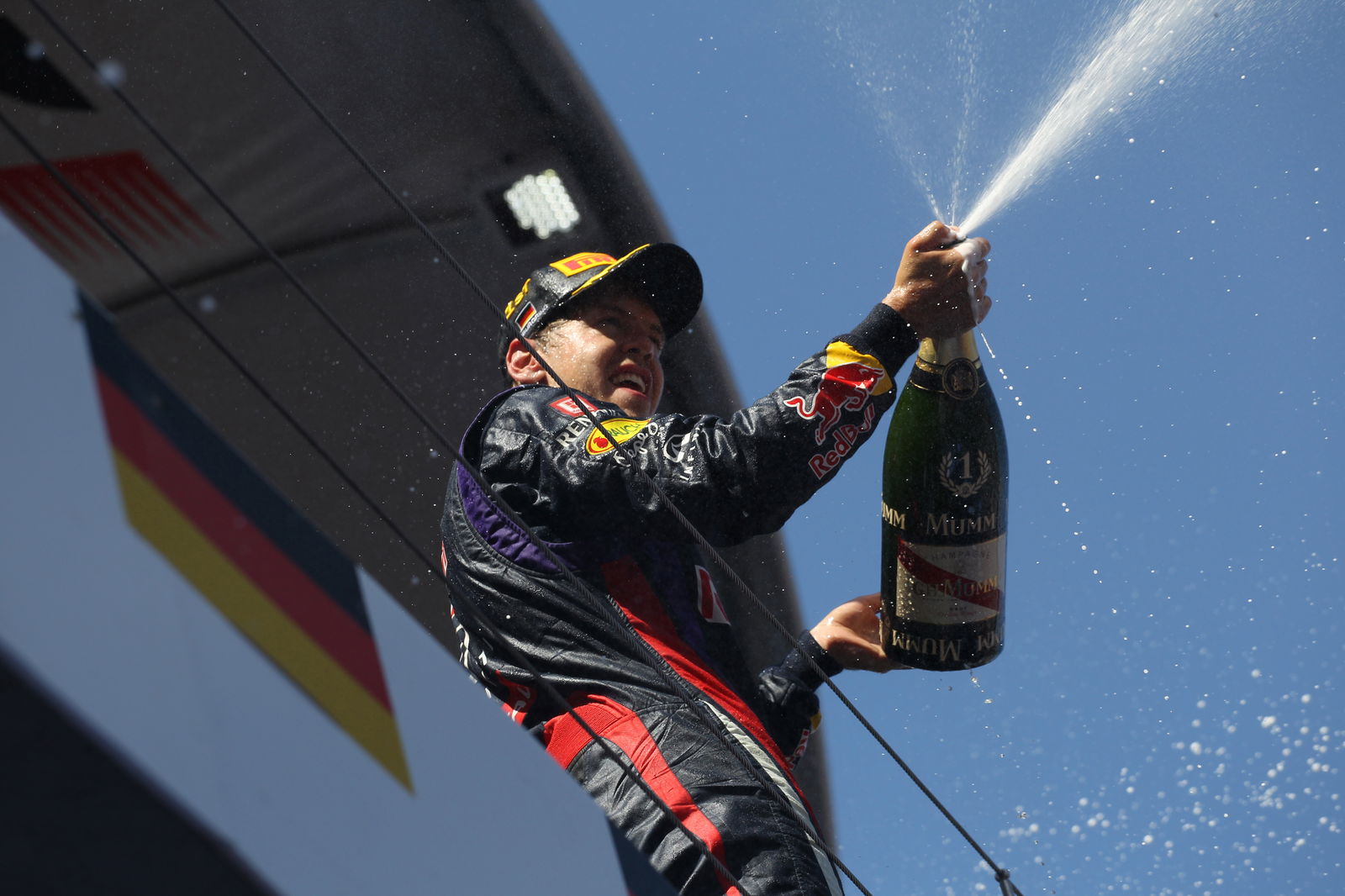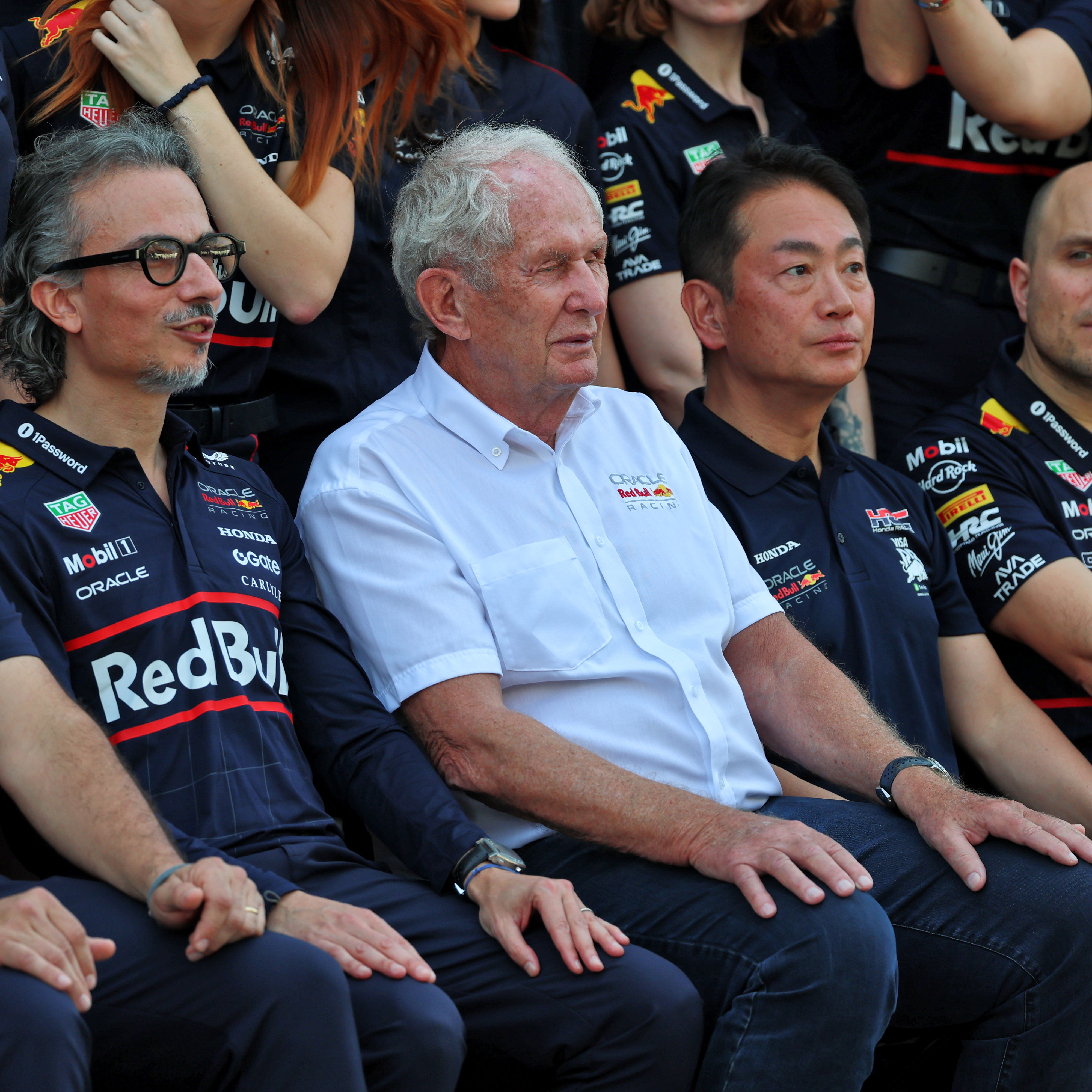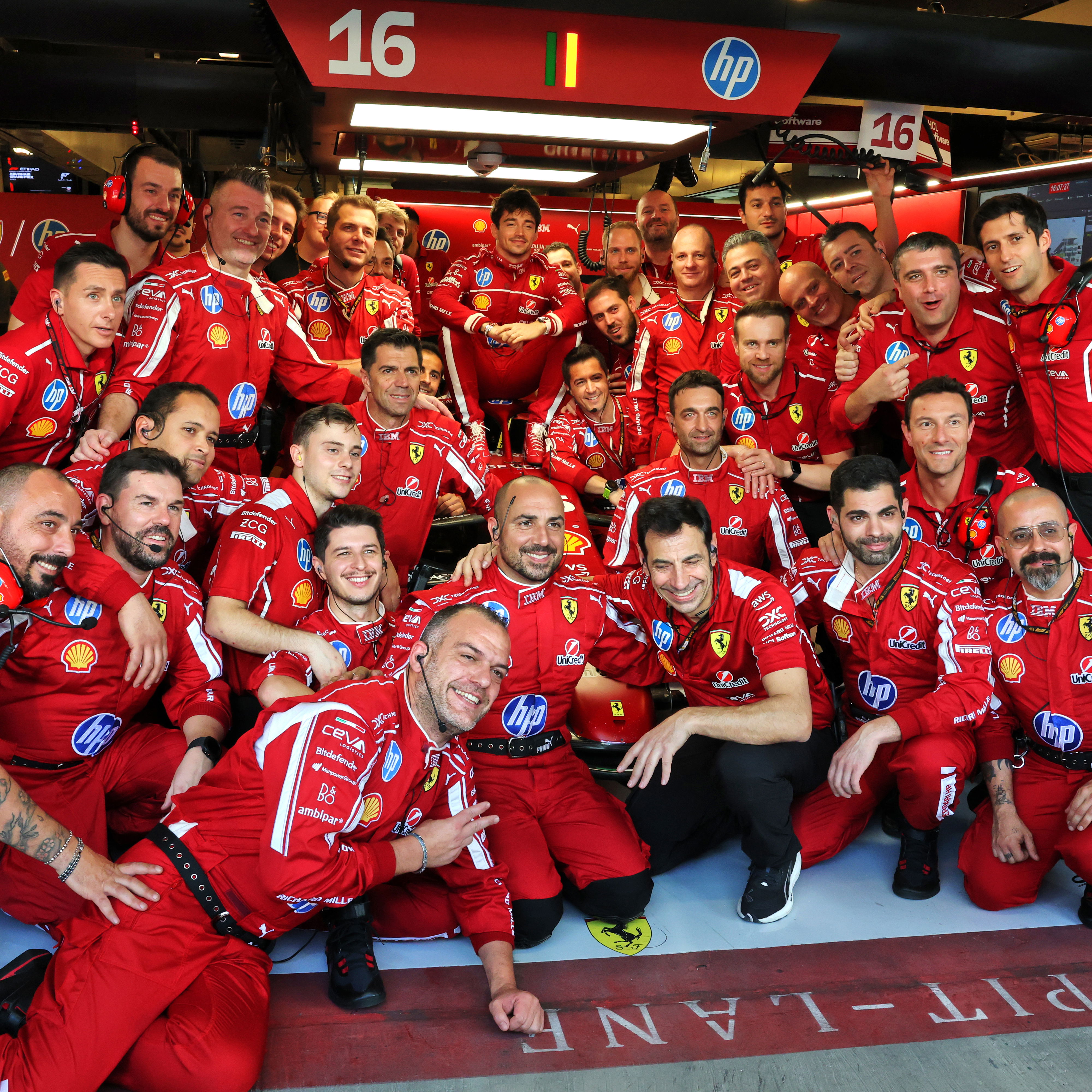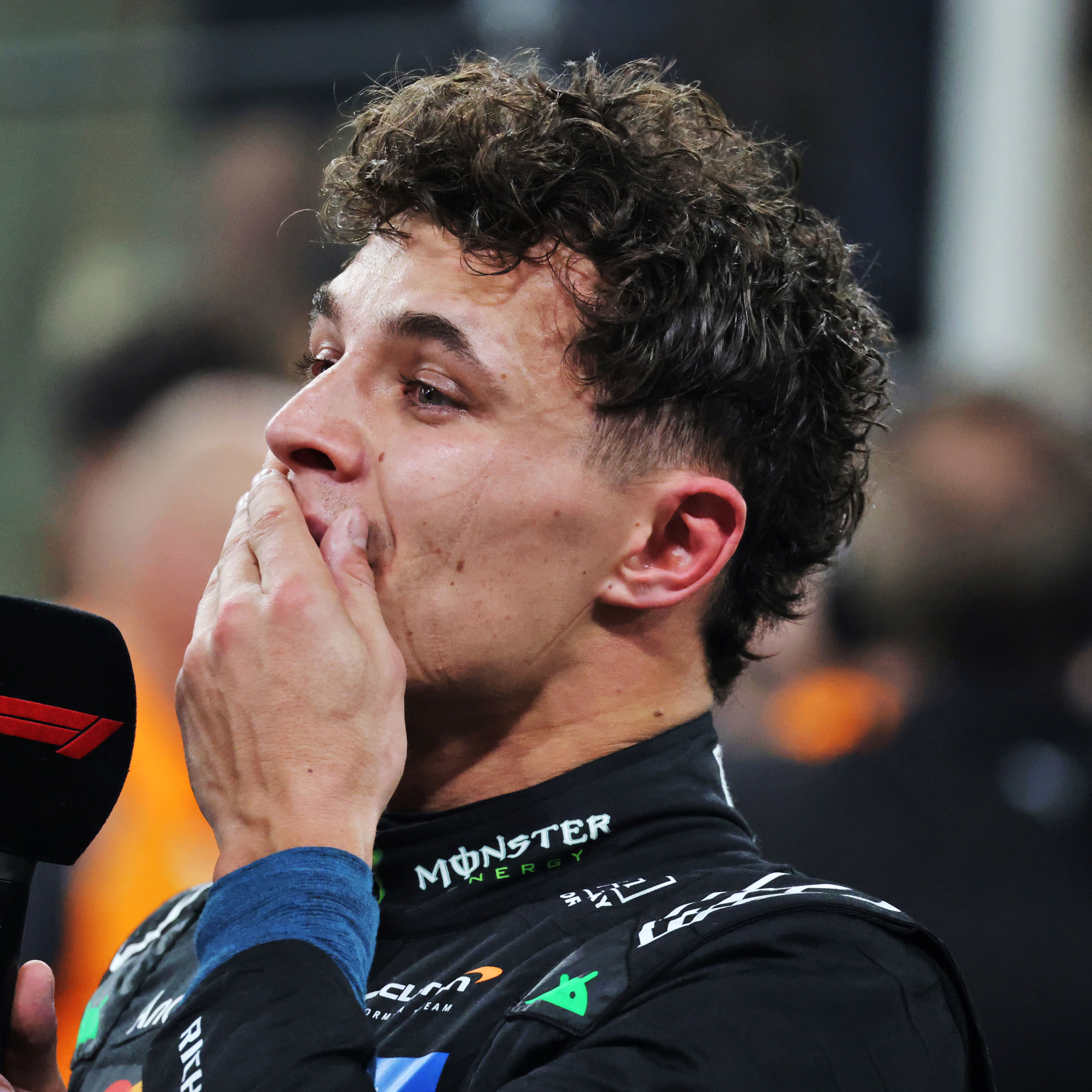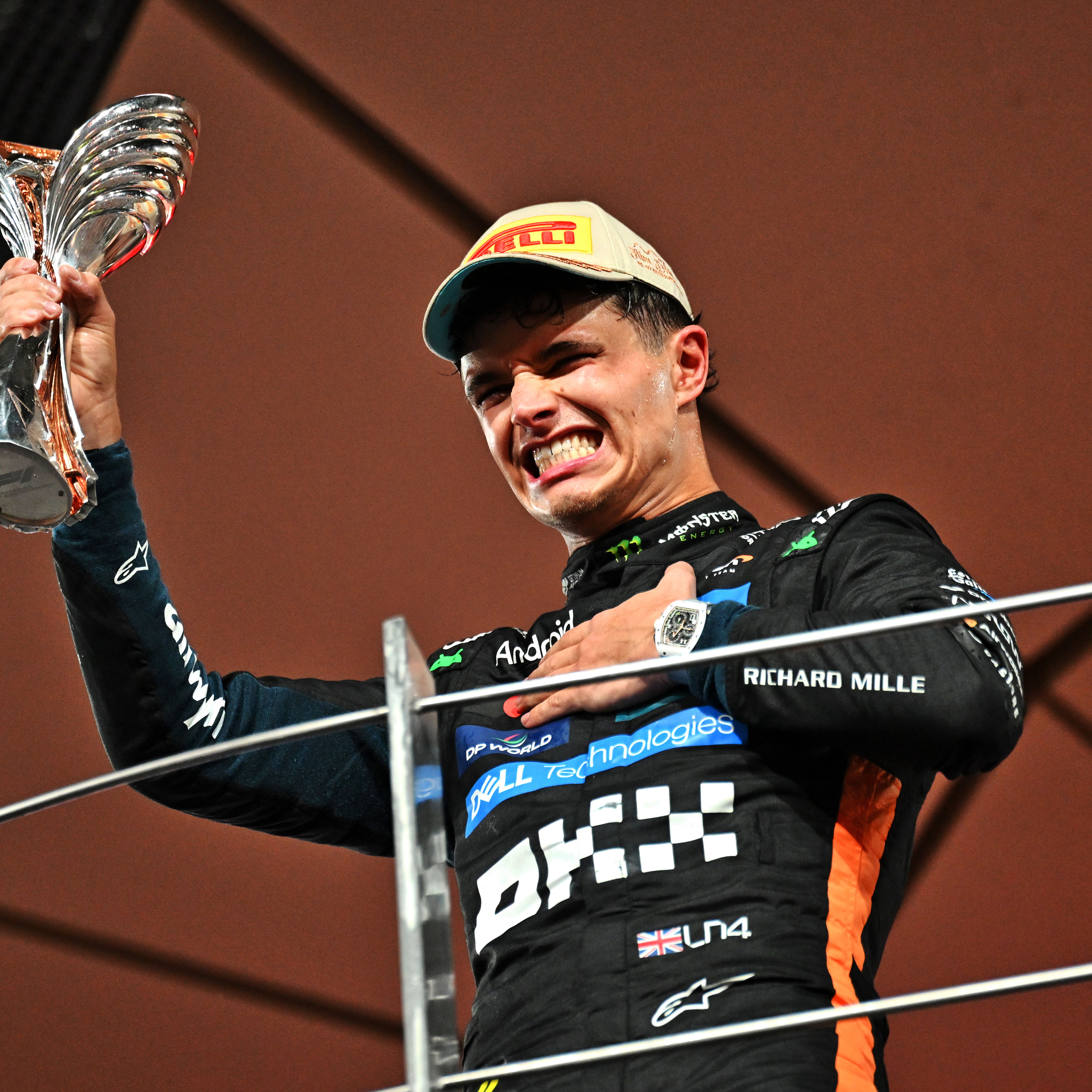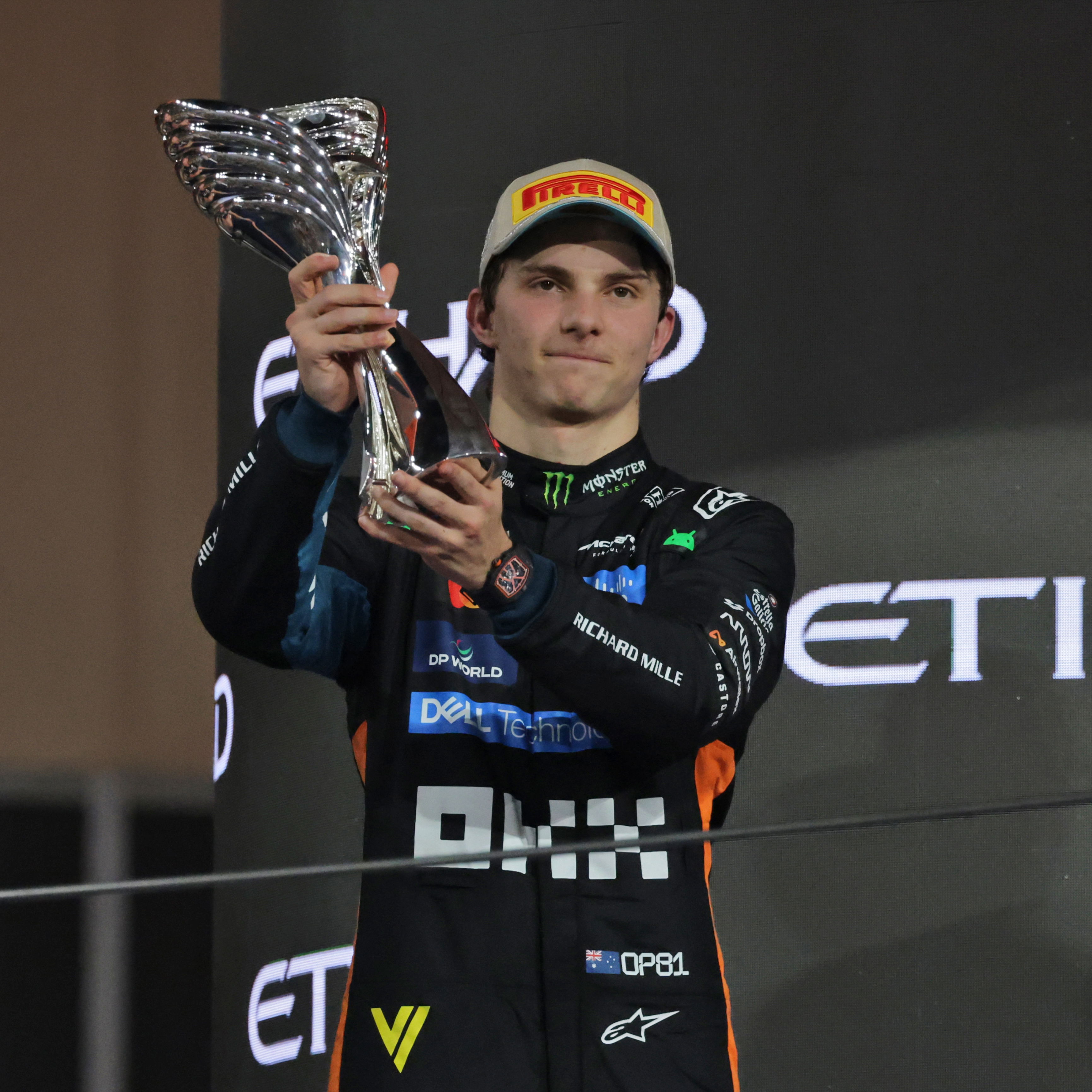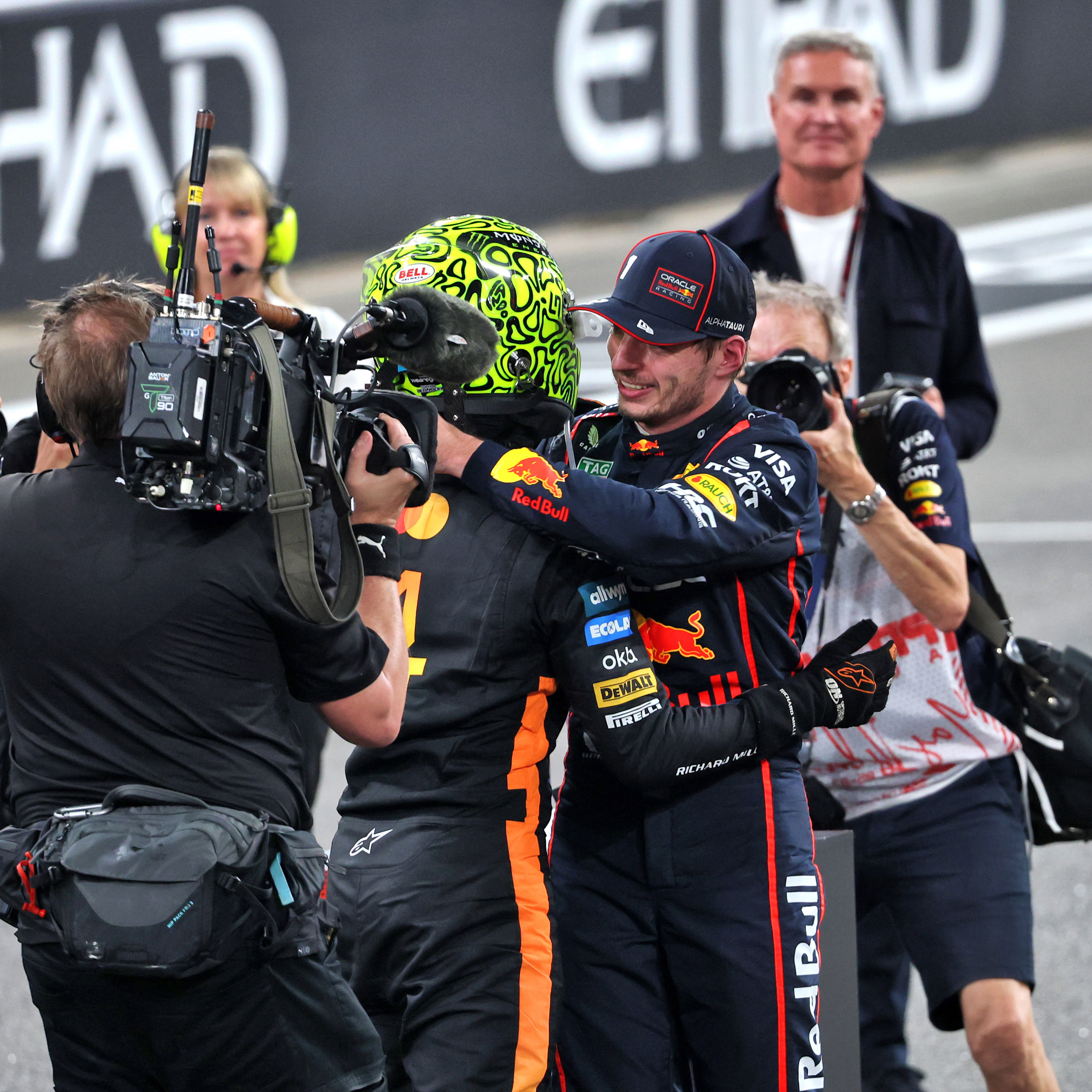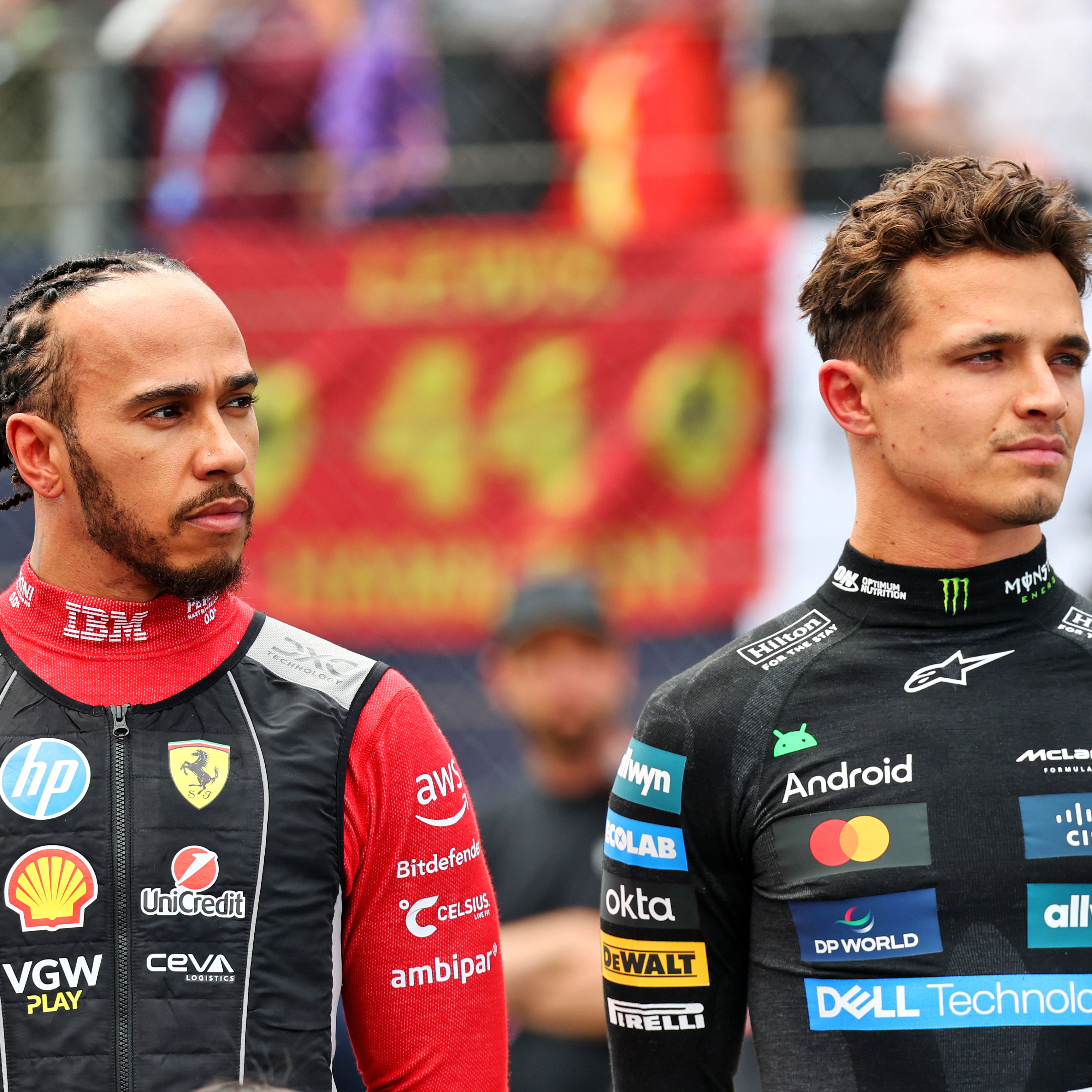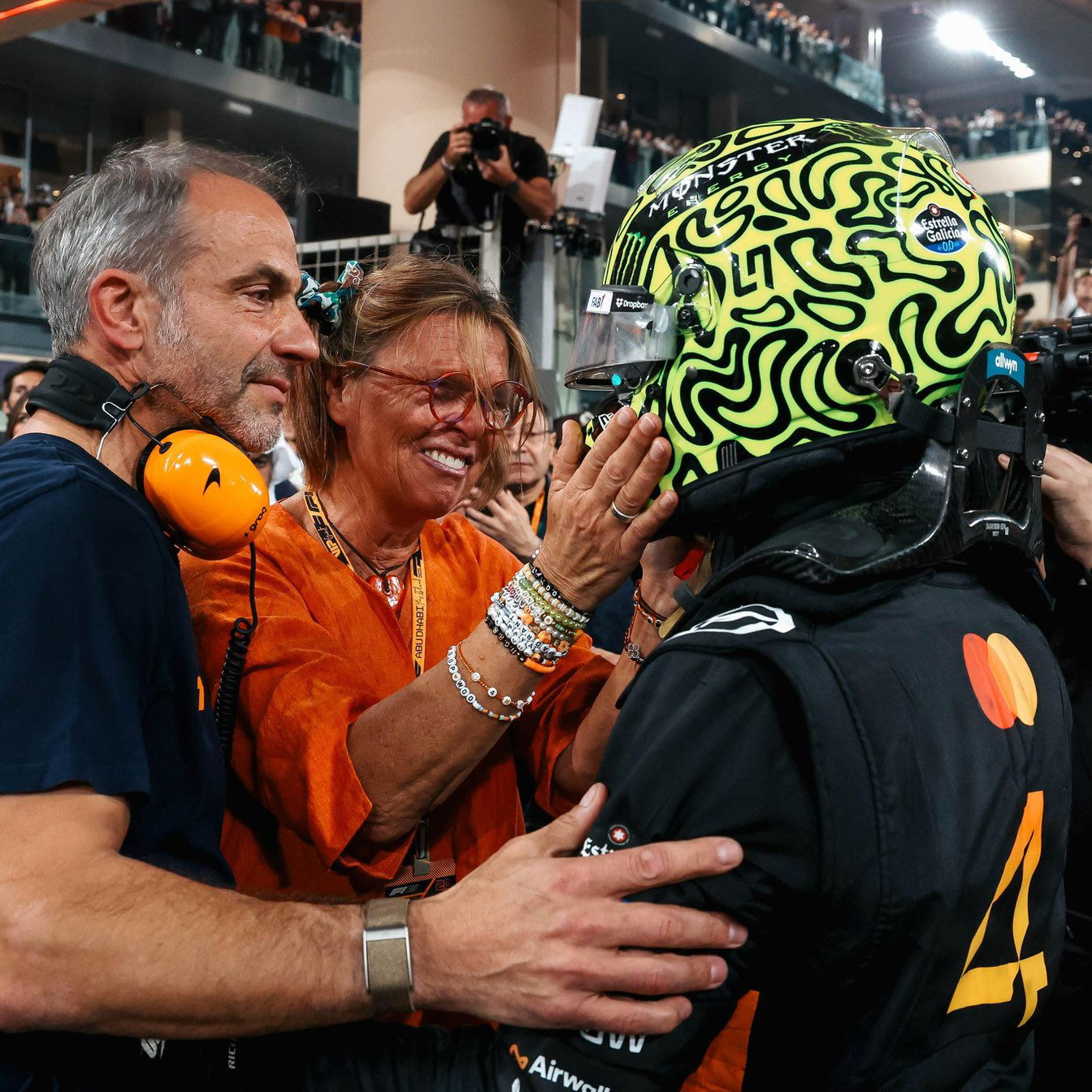Belgian Grand Prix: Engineer's guide to Spa-Francorchamps

The Circuit
Turn 1: A tight first corner with heavy braking down to 60kph before leading into the downhill section.
Turn 2: The run down Eau Rouge and into Raidillion creates extreme suspension compression as the relief changes from downhill to uphill. Good engine power is required for the uphill drag.
Turn 5: Top speeds of 330kph - one of the highest of the season - before braking down to 3rd gear and 140kph for this right hander.
Turn 8: Rivage provides a good challenge as it is a medium speed 180 degree corner heading straight into Turn 9. Good balance and change of direction are required here.
Turn 10: Pouhon is a high speed left-hander, with entry taken at nearly 300kph.
Turns 14 + 15: Turn 14 is taken at 140kph before the cars accelerate through Curve Paul Fr?re - which is taken at 100kph faster than that - before leading into the flat out Turns 16 and 17.
Turn 18: With heavy braking into the chicane after a prolonged high speed section, the brakes need to be ready instantly. Turn 18 provides a good overtaking opportunity.
The Car
Front Wing: Teams tend to use comparably more front wing here compared to lower speed tracks to help diminish understeer in the high speed corners.
Rear Wing: Spa is very much an aerodynamic efficiency circuit where you need a reasonable amount of downforce without too much detrimental drag. Teams run a similar amount of rear wing to Canada which is a medium downforce setting.
Suspension: This is primarily a high speed circuit and there isn't much use of the kerbs, so suspension is tailored to high speed balance rather than low speed travel.
Brakes: There are not many braking demands here which means the focus is on keeping the brakes warm so they work immediately when required. There are three major braking areas; into the first corner, the Turn 5 chicane, and then the former bus stop chicane. These sections also offer the main overtaking opportunities.
Tyres: This is a circuit which puts high demand on the tyres. Also, the weather in the Ardennes can be very variable - even over the course of a lap - so tyre choice is crucial.
Engine: You need an engine with a strong top end here; especially for the drag up Raidillon and the Kemmel Straight which follows, as this is slightly uphill all the way to Turn 5. Elsewhere too, good horsepower is rewarded in many sections of the lap, especially due to its undulating nature.
Feature courtesy of Lotus F1 Team

